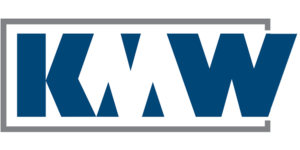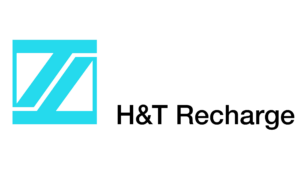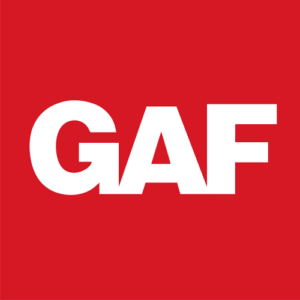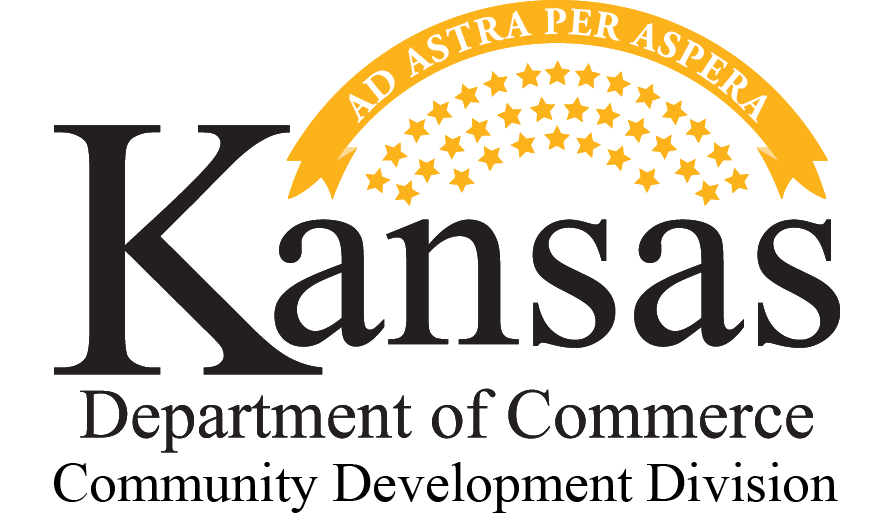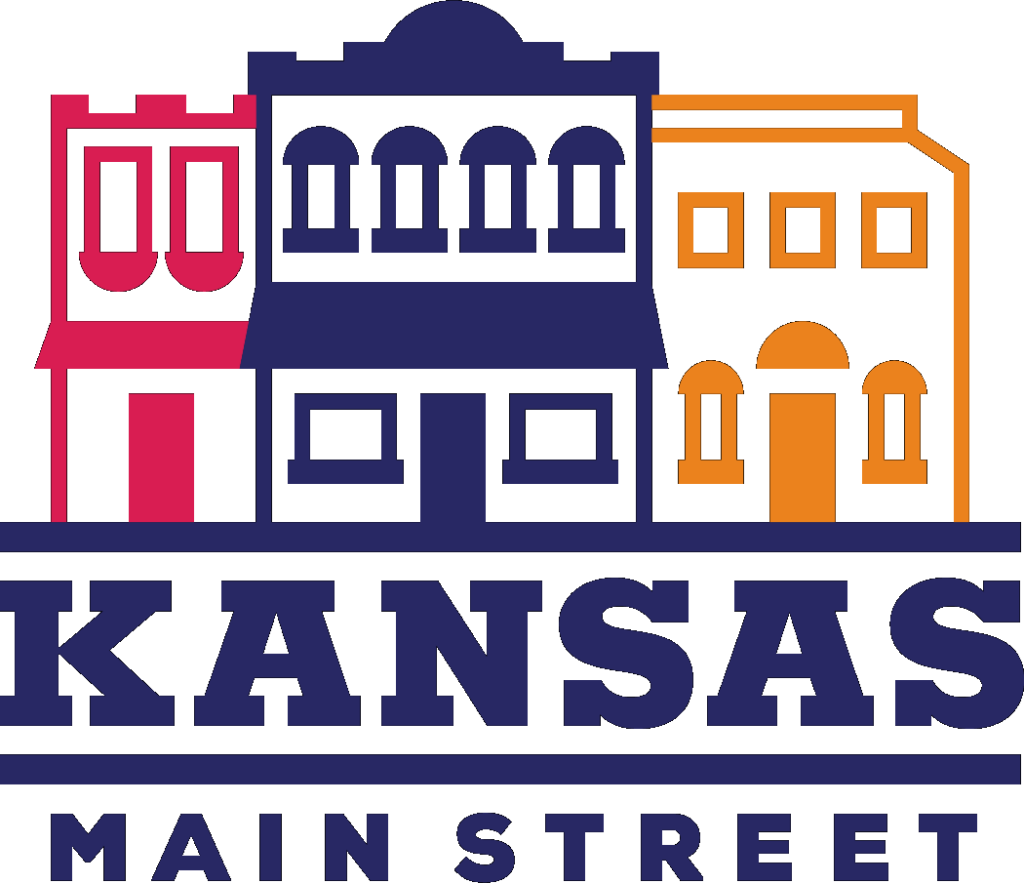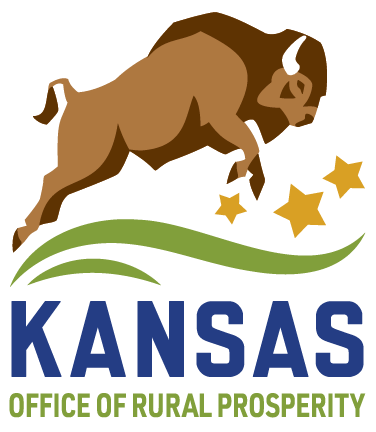Who applies for the grant?
The grant application must be made by a local or county organization on behalf of the building’s owner. Eligible applicants include Designated Kansas Main Street Programs, Economic Development Corporations, City or County Government, 501(c)3 or 501(c)6 organizations and Community Foundations.
Will property owners be able to apply on their own?
No. The application must come from an eligible organization with the support of the property owner.
Are the organizations that apply required to financially contribute to the project?
No. Applicant organizations are required to endorse the project, but they are not financially obligated to contribute to the project.
Is there a population requirement for applicants?
Yes. Projects must be in cities with a population of fewer than 50,000 people. Of the 729 cities in Kansas, 720 meet this threshold.
Is the project required to be in a specific area of the community?
Yes. Projects must be located in the downtown business district or a connecting corridor. If you are uncertain if your project is within your downtown, please email [email protected]
Once the building is rehabilitated is it required that a viable business will be occupying the space?
Yes. The intent of making these building improvements is so a viable business can utilize the newly renovated space. This can be an existing business or a brand-new business. Part of the application must include a pro-forma/financial plan and a business plan.
If I have received other federal or state funding for this project—ARPA, SPARK, USDA, CDBG, SHPO, etc.—can those be applied as a match?
Yes, as long as the requirements of the other funds allow for HEAL funds to be added to the project.
What are my chances of receiving this grant?
That is difficult to answer, but these are competitive grants. During the first round of HEAL funding, more than 240 applications were submitted requesting nearly $14 million funding. A team at the Department of Commerce will carefully review and score each application based on merit, project eligibility and need.
How much can I receive for my project?
The maximum Building Grant Award Amount is $30 per square foot of the building area, not to exceed $100,000. The maximum Facade Grant Award Amount is $30 per square foot of the façade area, not to exceed $40,000.
I received an Emergency HEAL grant (or regular HEAL grant) the last time around? Can I apply this round?
No. Applications will not be accepted for projects in communities that received Emergency or Regular HEAL grants in the last round.
Can I apply for more than one project in my downtown?
Yes, but only one project will be eligible to receive funding per community. We encourage you to work with business and property owners to prioritize projects and focus on those that have the capacity to meet the grant requirements and the timeline for completion.
I have one property owner in my downtown that owns several contiguous buildings and needs funding for one project for all of these buildings. Is that an eligible project?
Yes. If one person has three buildings that are connected and that project includes all three of those buildings, that is an eligible use, up to the $100,000 maximum.
I have already started my project. Is it eligible for a HEAL grant?
No, projects must be ready to execute quickly, but must begin construction after the award of the grant.
Does my project have to follow any Design Standards?
Projects must incorporate Main Street Design Standards. Projects must also follow state or local ordinances and code for rehab/construction/façade improvements.
Does my project have to follow any Preservation Standards?
Projects are encouraged to follow the Secretary of Interior’s Standards for Rehabilitation. https://www.nps.gov/tps/standards/rehabilitation.htm
Projects are also encouraged to use best preservation practices as outlined in the Preservation Briefs of the National Park Service.
https://www.nps.gov/tps/how-to-preserve/briefs.htm
Projects that are on the State or National Register of Historic Places or contributing buildings in a State or National Register Historic District MUST follow these standards and best practice guidelines and receive appropriate state approvals with the Kansas State Historical Society office before beginning work.
